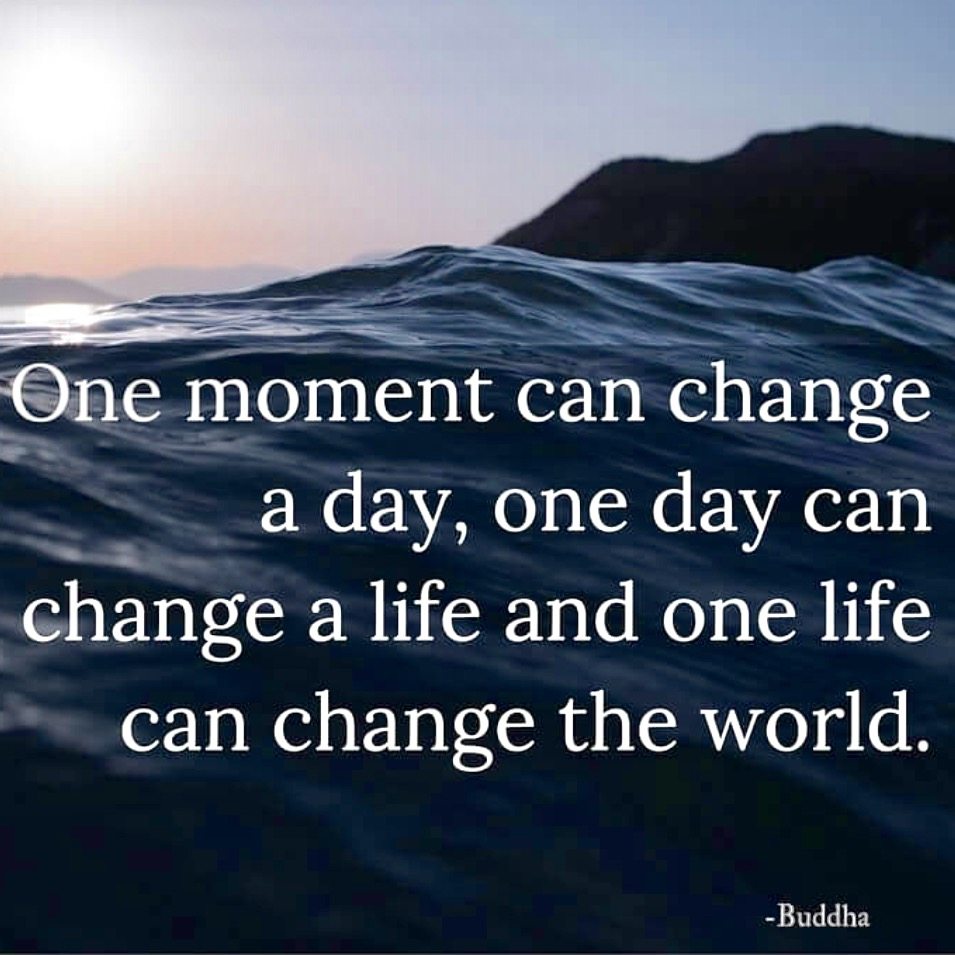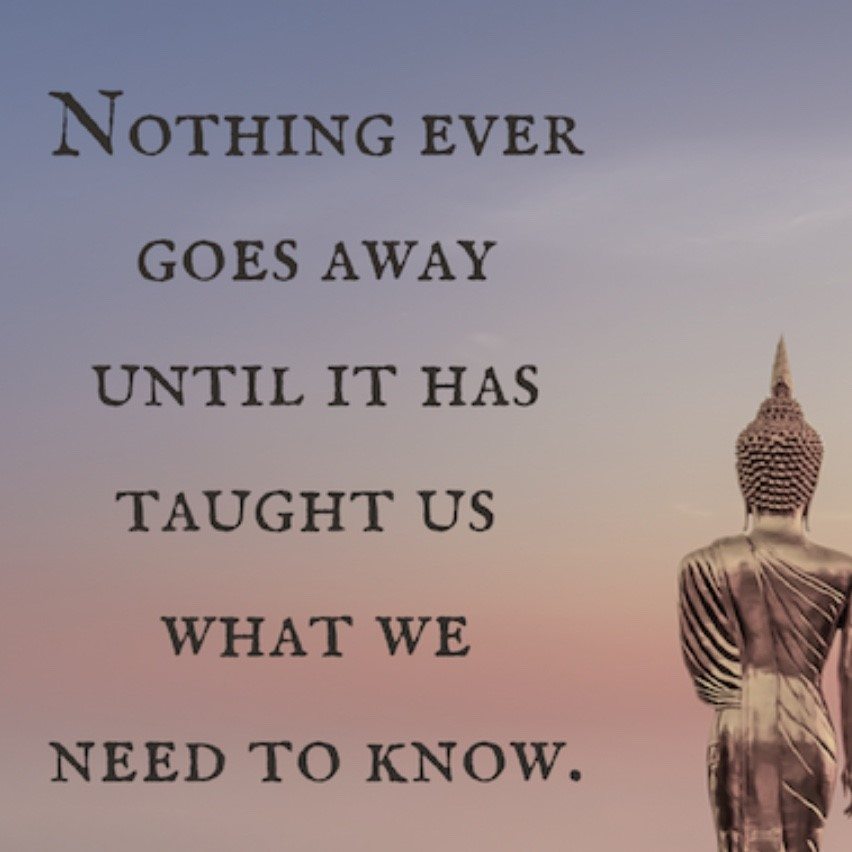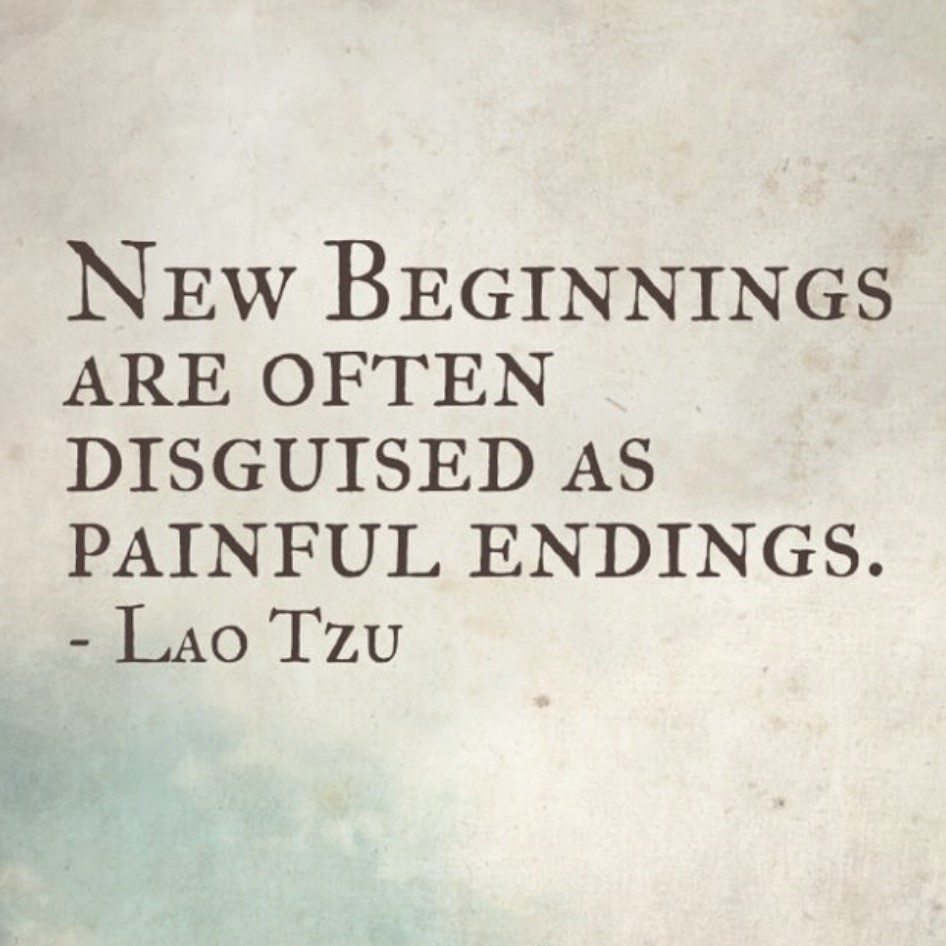the Art of Change
“One moment can change a day, one day can change a life and one life can change the world.”
–Buddha
The “Art of change” is a compelling proposition. When you have a vested interest in driving change and leading a team of people to achieve greater results, it is a unique challenge when part of the team wants to change and part of the team does not. People may hesitate taking a journey into the unknown when they are comfortable with the way things currently are.
I enjoy leading change while developing strategies to grow businesses and building high performance teams to deliver results. It is an area of expertise I am passionate about and continue to develop. Seeing a team of people grow together and collaborate freely while being empowered to make decisions, is rewarding.
Leading change starts with inspiring people to see a vision they want to deliver. When people see a future that is brighter than today, they start to weigh the risks and rewards – what will the future mean for me and how can I contribute to its success. By painting a compelling picture, you create a desirable destination for people to travel to. Then you can focus on empowering people to creatively get there together.
There are immediate financial priorities to focus on when leading change in an organization. Balancing the urgency of delivering results while influencing culture change requires a thoughtful approach. It is helpful to assume everyone has the skills to perform their role and is given the opportunity to prove themselves. I believe everyone should be given this initial chance. People deemed unable to embrace change can flourish when empowered to think differently and lead change, and surprise everyone.
People want to be part of the change process and to be heard – what is working well, what isn’t working well, and what you can do to support them. You won’t fully understand what is happening inside an organization until you hear it first-hand from the ground up. It is an opportunity to learn and be visible and engaging with everyone throughout the organization as decisions are being made.
People that are face to face with the customer have tremendous insight. You can hear what the customer is saying and identify areas of opportunity for the organization to focus on. You always learn something new. The best ideas can stem from a variety of customer-facing teams – they know where the opportunities are but may not have the right channel to voice them.
You can discover hidden obstacles when meeting directly with teams, and it is a perfect opportunity to solve them. Recurring daily obstacles can be frustrating, and if they can be easily solved, it makes a meaningful difference. Paying attention to what teams are experiencing and driving a series of positive changes, influences culture. A series of small wins can build momentum. Communication channels are initiated where everyone is heard and feels supported by the leadership team while being part of the change process.
Cross-functional silos are a key challenge when leading change. Functional areas can operate with limited crossover and accountability in place. It is imperative to break down the walls and facilitate ways for the teams to engage openly and share how to fix what is broken. By ensuring cross-functional teams are accountable for the change process, the teams are empowered to identify the best ways to deliver improved results together. You can drive a lot of momentum through empowering leaders to take action at all levels.
When the “Art of Change” is led well, the leadership team is trusted. There is a willingness to share information across the entire organization and openly communicate while the organization is evolving.
It is an opportunity to bring an organization together and align resources to empower the right people to make the right decisions and capture the rich potential of the future.










